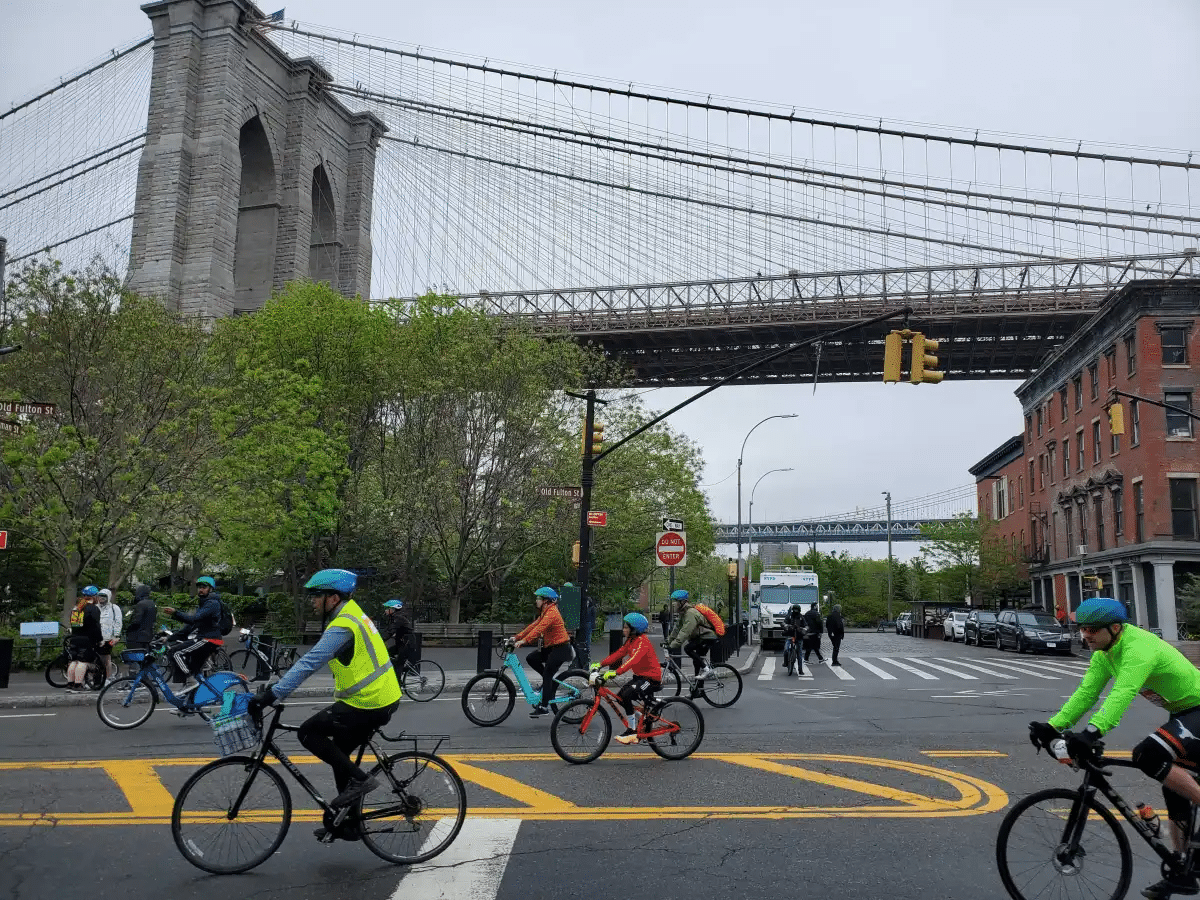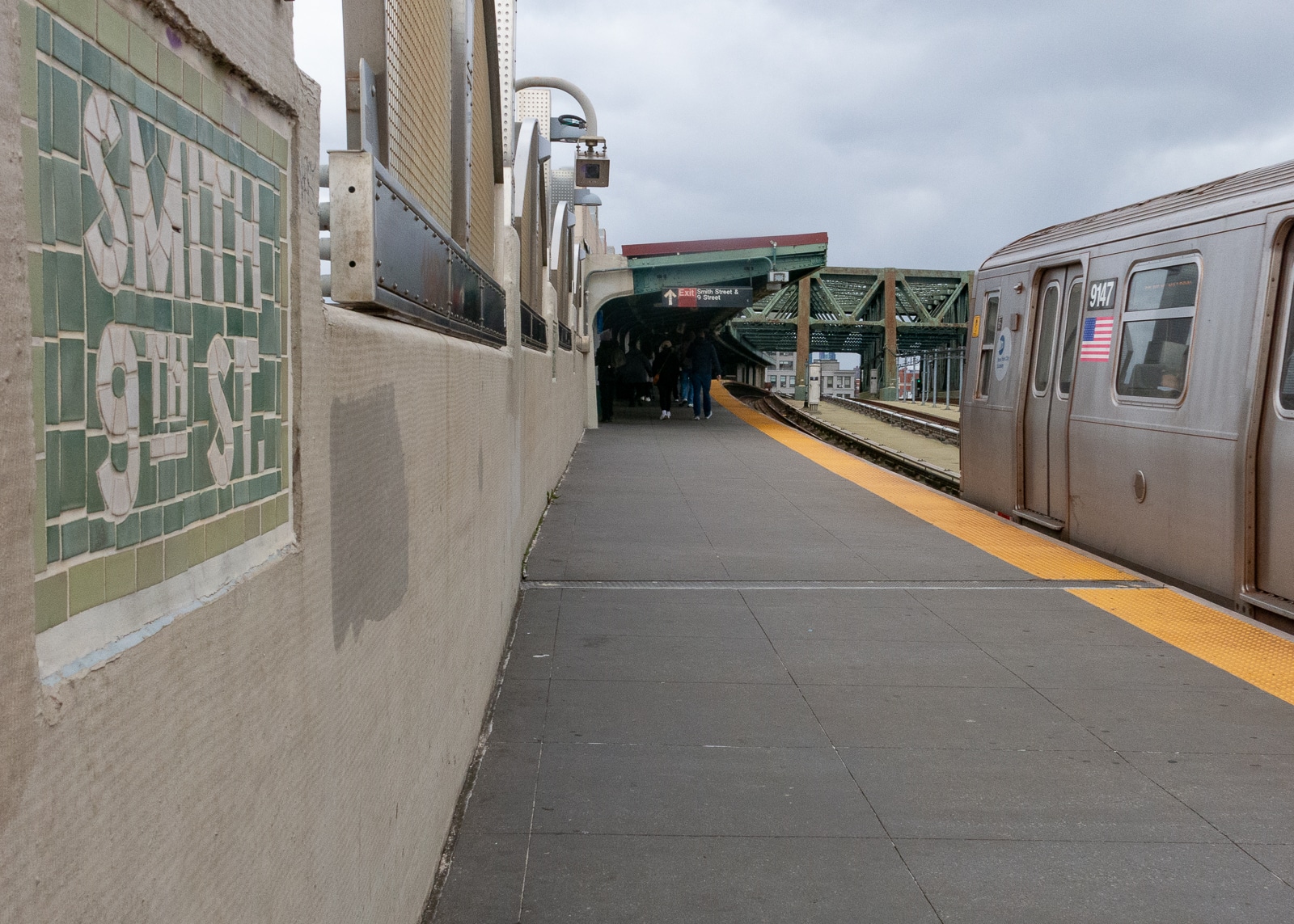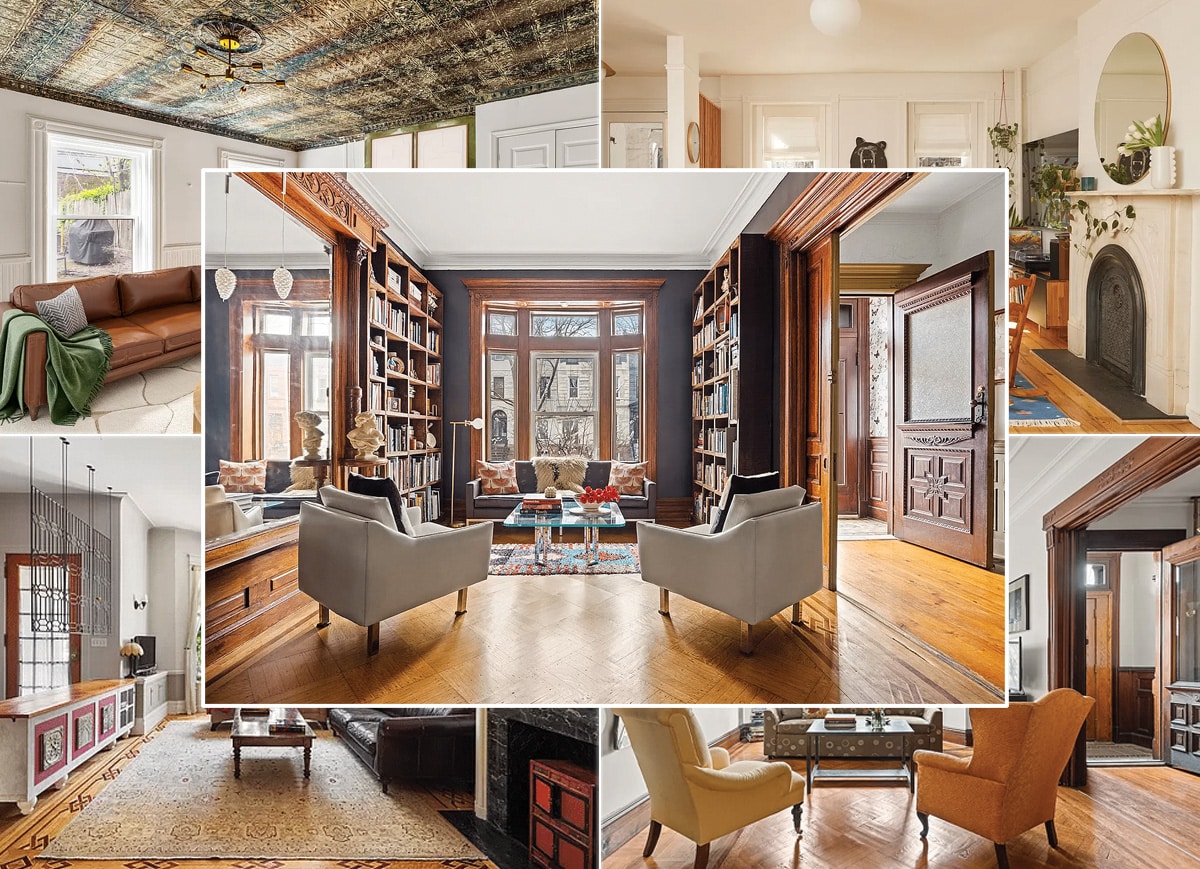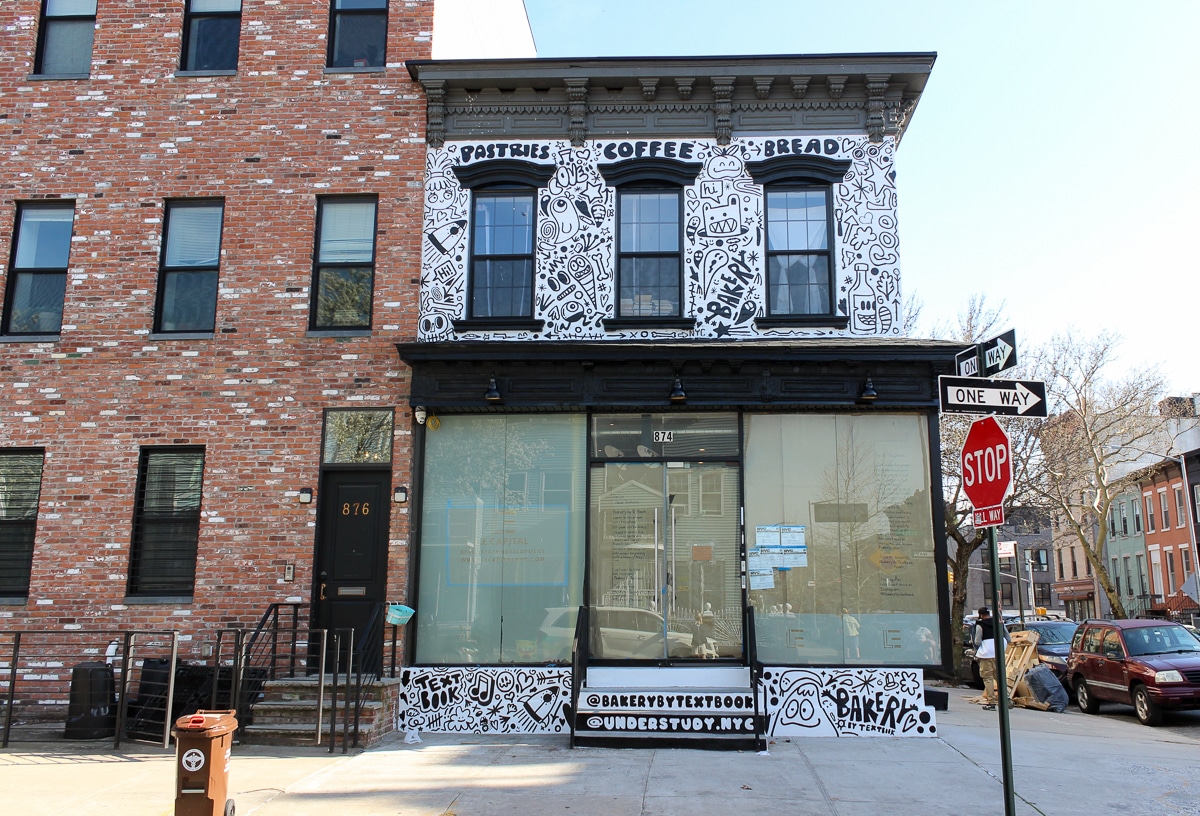Navy Yard Watch: Multi-Use Complex for Kent Avenue
We were lucky enough to spend a couple of hours on Friday touring the Brooklyn Navy Yard with its president Andrew Kimball. There are a ton of initiatives underway, from adaptive reuse to new construction that will remake both the yard interior and well as its relationship to the surrounding neighborhoods. Over the next couple…

We were lucky enough to spend a couple of hours on Friday touring the Brooklyn Navy Yard with its president Andrew Kimball. There are a ton of initiatives underway, from adaptive reuse to new construction that will remake both the yard interior and well as its relationship to the surrounding neighborhoods. Over the next couple of weeks, we’ll drill into some of the most interesting projects.
One of the biggest concepts aims to turn a problem into a solution. Dry Dock A is in desperate need of dredging, but since Fresh Kills closed, there’s no place to dispose of the dredge. What Kimball et al hope to do with it is to fill in the channel (1) next to the salt pile (3) along Kent Avenue. The 15-foot-deep channel is man-made and has no aquatic life. Combined with the city auction lot (2) and the Keyspan site (4) that the gas company is under court order to clean up, this would create a 16-acre site fronting on Kent Avenue. The Navy Yard Corporation is hoping to put out a Request for Proposal at some point in the next six to 12 months for a series of multi-story building with a mix of commercial, industrial and, get this, retail fronting along Kent Avenue. What kind of impact do you think that would have on South Williamsburg?










Storefronts along Kent might not get along well with the planned Brooklyn Greenway, that i think intends to use that section of sidewalk alongside the navy yard. http://www.brooklyngreenway.org
-D
Public park and water access please…
WBer – the gate you are reffering to is actually a gate to the campus of Steiner Studios. There is no other gate you’d have to go through to get to the rest of yard.
I think Ella is right, and what is most important about the Navy Yard is the industrial sanctuary it provides. But this is one of the areas where you could open up and still maintain the security and privacy that tenants want. In the photo above, I believe there is a inner gate on the road that runs diagonally between #1 and #2, just past where the road clears the inlet. So everything inboard of the inlet (all of the numbers on the photo, including the inlet) could be “open” to the public, with the navy yard itself remaining secure beyond.
4:23 – the reason that the public is not generally invited into the Navy Yard is security. The biggest complaints that industrial businesses in the City have are (1) security (things disappear from trucks and loading docks during loading/unloading) and (2) traffic tickets (when trucks are loading or unloading they block traffic). That is why industrial tenants love the Navy Yard – they don’t have to worry about inventory disappearing because of the restricted access, and they don’t have to worry about where their trucks are because the streets are not public streets. If you let the public in, you would take away those two key advantages. Yes it would be nice for the public to be able to wander around the yard, but it’s even better to have a place where over 200 industrial businesses can operate safely and efficiently.
-Ella
I’d love to see the Navy Yard better integrated with the local community. It should be a win-win. If the public had a reason to go there (shops, reastaurants etc), the artisans and artists who work there would potentially be able to attract more customers for their work. It’s also just a great place that the public needs for access to.
whoops. good catch.
I think #2 and #3 are reversed – the salt pile is to the north and the auction lot to the south, no?
I wonder if the Keyspan site includes the old power station just to the north?
Personally, anything that a) opens up the Navy Yard to the community (be it S. Will, Vinegar Hill, Wallabout, etc); and b) creates more space for small to medium manufacturing is a good thing
Not Admirals’ Row, b/c the Navy Yard doesn’t control that yet, but just about everything else. It was pretty awesome.